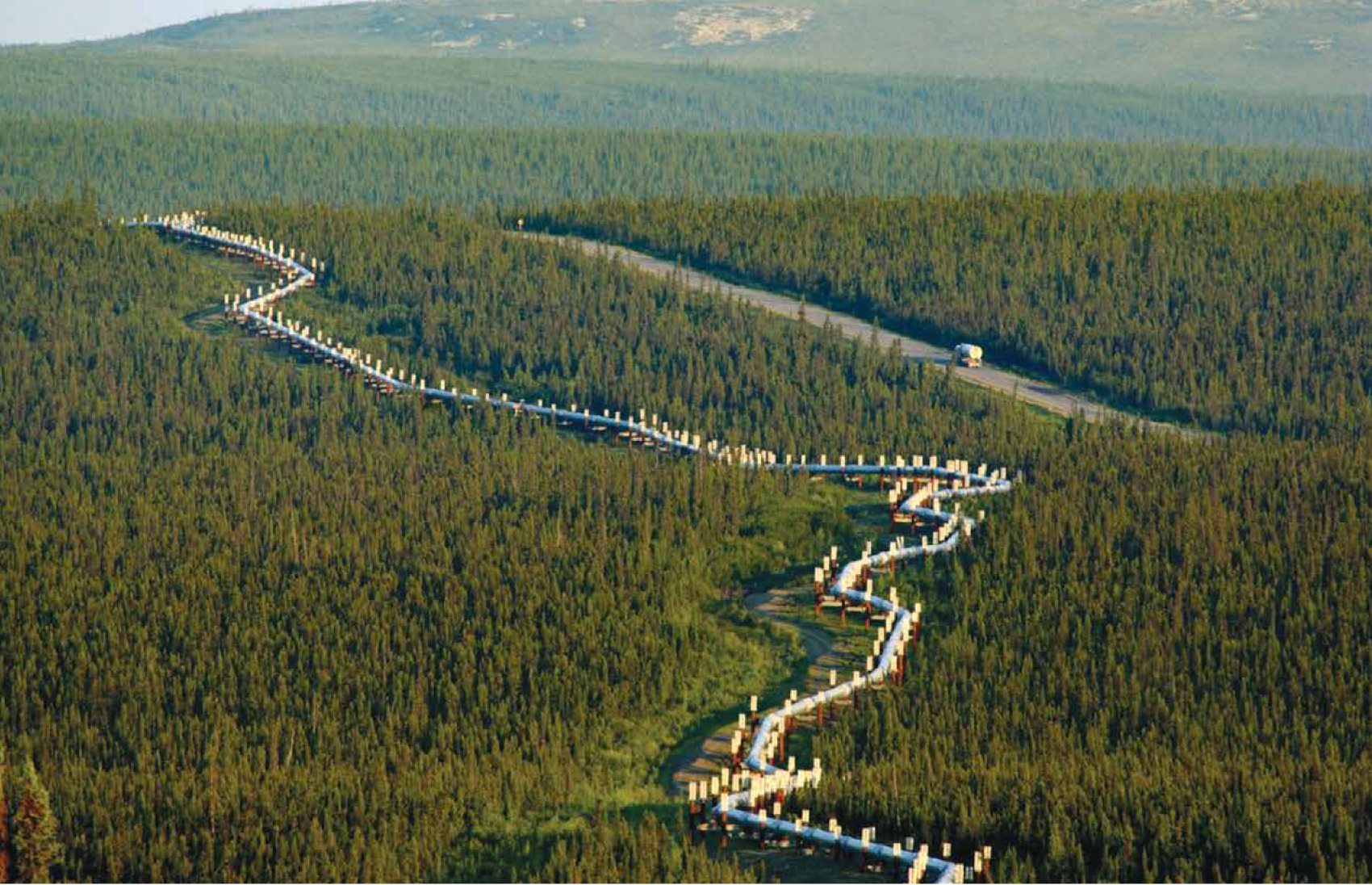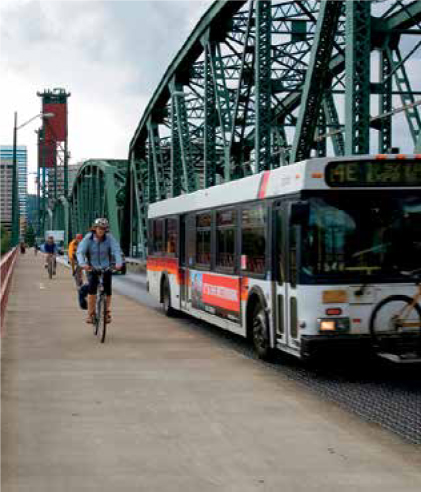20.8 The future of oil sands mining remains unclear.
When Schindler and his colleagues first published their analysis of environmental contamination from oil sands mining, the reaction was mixed.
366

Schindler received some unpleasant letters from members of the oil industry, for instance, accusing him of exaggerating the state of the science to undermine the development of oil sands mining.
But other scientists were eager to confirm the data. Environment Canada, for instance, took additional snow samples and examined contamination in lake sediments from areas near the oil plants, and obtained similar findings. Panels of experts reviewed the research and upheld the results. Other groups evaluated the industry’s monitoring program, which initially claimed the development was not causing any additional harm, and concluded their analysis was substandard, says Schindler.
“If you are confident in your science, you know there will be people who try to follow up on it,” says Schindler. “And if you did good science, they will find the same results. Eventually, you are going to be vindicated.”
Schindler’s scientific rigour is “beyond reproach,” says Dyer. His 2010 analyses of the environmental effects of oil sands mining appeared in one of the most prestigious peer-reviewed journals, Proceedings of the National Academy of Sciences. No industry monitoring group can say the same, he adds. “It shouldn’t have taken this long for people to see what was going on.”
Today, the Canadian Association of Petroleum Producers pledges on its website to implement new techniques and practices that mitigate the impact of development on the region’s air, land, and water, such as operating facilities that maintain regional objectives for air quality.
The Canadian government is also discussing creation of a new system to monitor the environmental effects of oil sands mining, which would be run by outside experts. In the meantime, development has rapidly increased. In 2011, Canada produced nearly 3.7 million barrels of oil per day, more than half of which came from the oil sands. By 2035, our annual average could reach 6.6 million barrels per day. In 2009, oil sands already represented 6.5% of Canada’s total greenhouse gas emissions; “at a time when we need to be reducing emissions, it’s the fastest growing source of greenhouse gases in Canada,” says Dyer.
367
Even without the environmental concerns, the path to expanded exploration of the oil sands may not be smooth, predicts Schindler. The United States is Canada’s primary oil customer, making both countries dependent on each other. Even though Canada produces more energy than it consumes, it still imports oil from the United States, partly due to geography that makes it difficult to transport oil extracted from western provinces across the country to the more populated eastern provinces. But the United States has said it wants to be more energy self-sufficient, and rely less on imports. This will force Canada to find new customers for its oil, such as China, and develop the infrastructure to transport it.
So how do we increase energy security and reduce our dependence on fossil fuels so that we can avoid using dangerous extraction methods? There are many possibilities, but the main methods include reducing imports, exploiting local energy sources, developing alternative energy sources, and reducing energy needs through increased conservation and energy efficiency. Iceland, for instance, is increasing its energy security by focusing on energy independence, such that it will meet all of its energy needs without imports by the year 2050.
“Here in Canada, the debate over oil sands is often framed as very black or white—do we pursue it or not? But the truth is somewhere in the middle,” says Dyer. “Current development is going too fast, and monitoring standards need to be higher. But there may be a responsible level of oil sands production, and that’s what we’ve got to determine.”
Select references in this chapter:
Kelly, E., et al. 2009. Proceedings of the National Academy of Sciences, 106:22346-22351.
Kelly, E., et al. 2010. Proceedings of the National Academy of Sciences, 107: 16178–16183.
Kurek, J., et al. 2013. Proceedings of the National Academy of Sciences [Online], www.pnas.org/cgi/doi/10.1073/pnas.1217675110.
BRING IT HOME: PERSONAL CHOICES THAT HELP
Environmental and health concerns that surround our acquisition and use of fossil fuels continue to grow as we dig deeper and use more extreme methods to obtain oil and natural gas, highlighting our dependence on nonrenewable energy resources. By decreasing our fossil fuel use, we can reduce the pressure on oil companies to pursue sources of oil that have a greater potential for environmental damage, such as deep-water drilling or bitumen deposits like those in the oil sands and shales.
Individual Steps
 Minimize your fuel use when driving by planning ahead to condense shopping trips and errands and to reduce total distance driven and by parking as far as you can from your entrance and getting some exercise instead of wasting gas. Not driving? See where you can safely walk, bike, or use public transportation.
Minimize your fuel use when driving by planning ahead to condense shopping trips and errands and to reduce total distance driven and by parking as far as you can from your entrance and getting some exercise instead of wasting gas. Not driving? See where you can safely walk, bike, or use public transportation.
 Reduce your use of disposable plastics like water bottles and single-serve food containers, and always recycle plastics when possible.
Reduce your use of disposable plastics like water bottles and single-serve food containers, and always recycle plastics when possible.
 Turn your thermostat down in the winter to reduce your energy use.
Turn your thermostat down in the winter to reduce your energy use.
Group Action
 Organize a carpool system in your community to reduce the number of single-passenger car trips.
Organize a carpool system in your community to reduce the number of single-passenger car trips.
 Organize a screening of the documentary Tipping Point: The Age of the Oil Sands.
Organize a screening of the documentary Tipping Point: The Age of the Oil Sands.
Policy Change
 Work with your school’s administration to encourage public transportation and increased bike usage on your campus.
Work with your school’s administration to encourage public transportation and increased bike usage on your campus.
 Visit www.pembina.org/oil-sands and read about the Pembina Institute’s position on oil sands. Voice your own opinion to your local or national government officials.
Visit www.pembina.org/oil-sands and read about the Pembina Institute’s position on oil sands. Voice your own opinion to your local or national government officials.

368